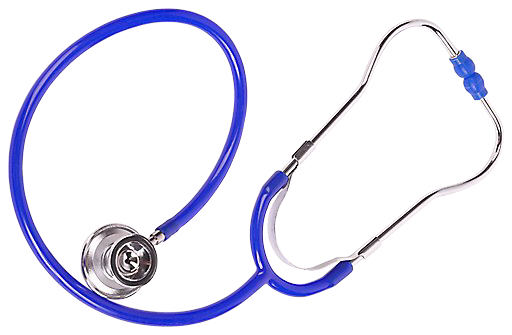Learn the 4 forms of biofeedback to help patients better manage anxiety, ADHD, PTSD and depression
Incorporate biofeedback to enhance psychotherapy outcomes
Attain 3 techniques to effectively market your new skills to patients and referrals sources
All of us know what it is to have a long-term client who isn’t able to make the necessary changes to be successful — in spite of a lot of therapy.
Often, this client is going over the same thought processes repeatedly because they have suffered a trauma and their brains are wired in such a way that it doesn’t allow them to change.
We all know the frustrations of tweaking our therapeutic approach – and still not making headway.
Biofeedback is proven to help change by obtaining information about a person’s physiology and puts the power in the hands of clients. Why would you include this in your practice? You gain a way to work with the client other than talk therapy only – and biofeedback is especially effective with clients that are stuck, or have worked with multiple therapists without success.
Because the mind-body connection is as an important aspect of clients’ well-being, we are increasingly seeking techniques to improve that connection – and science is recognizing that ADHD, PTSD, anxiety /depression have physiological connection.
Therapists who offer this, and other electronic interfaces, offer their clients methods to gain better control over their brain function, physiological responses, and hence; their emotional regulation.
Join long-term psychotherapist and biofeedback expert Angelika Sadar, M.A., and participate in a day of hands-on learning, demonstrations and leave with the skills to add integrate biofeedback into your practice.



